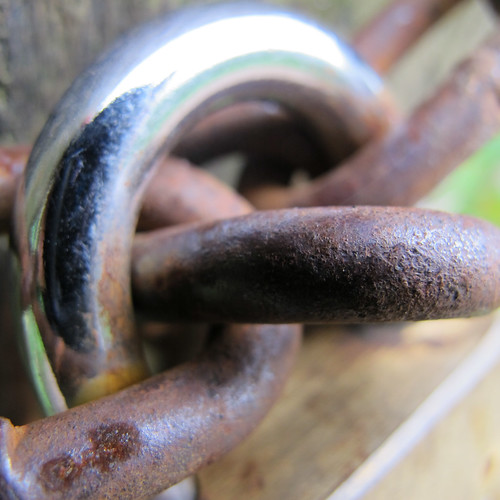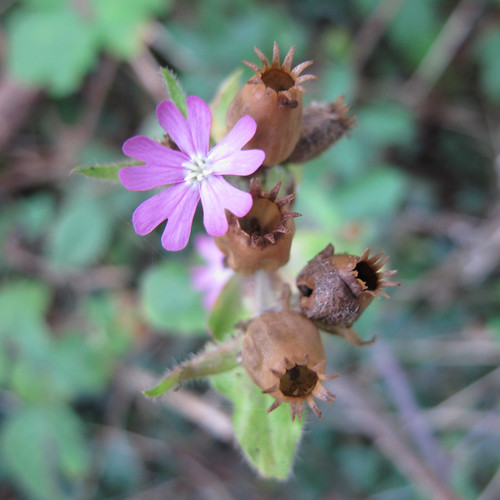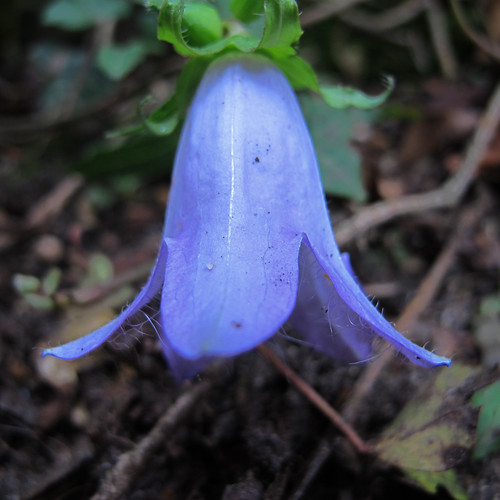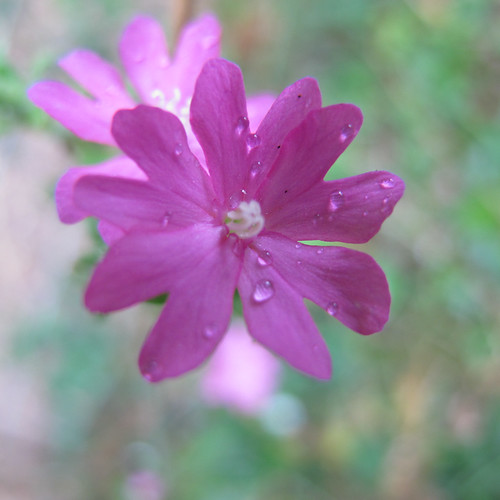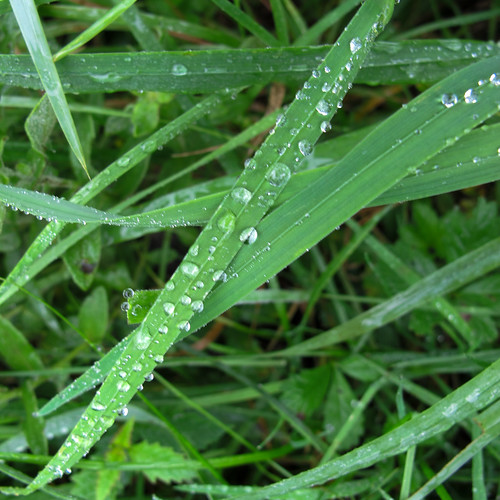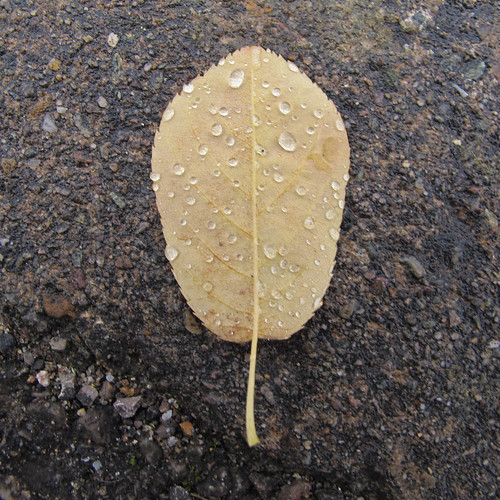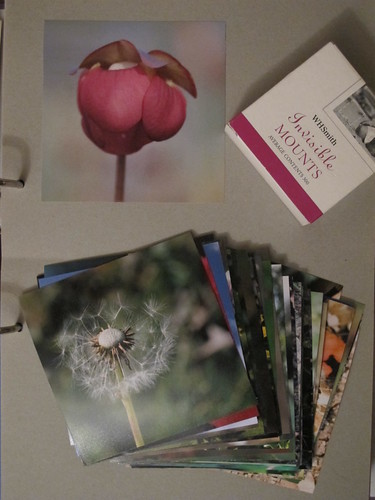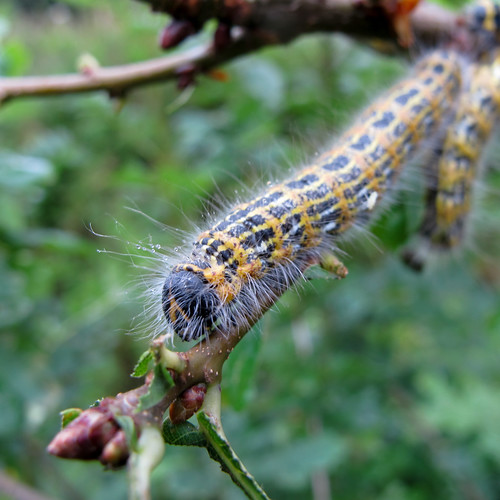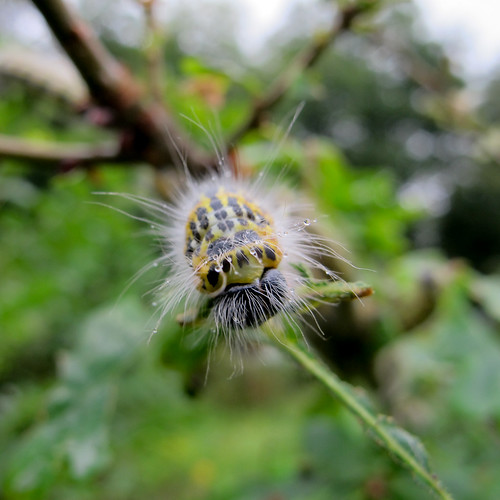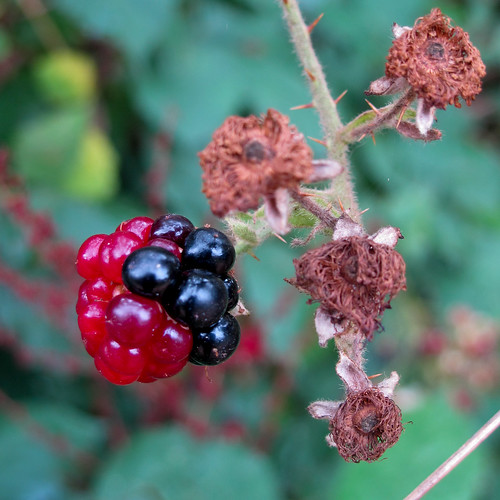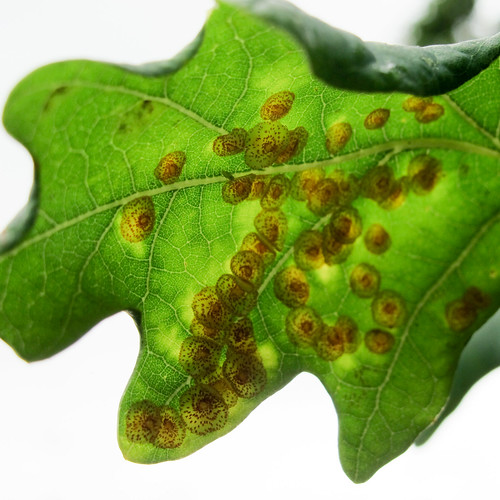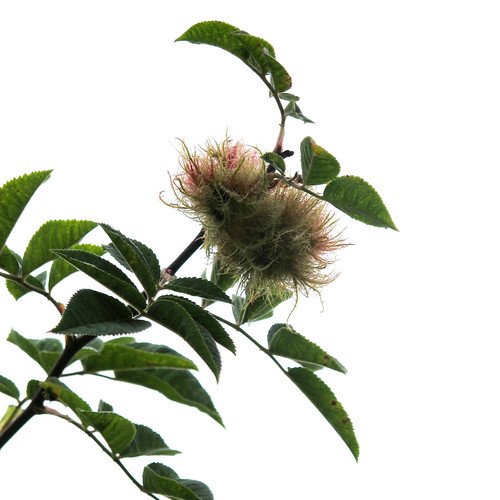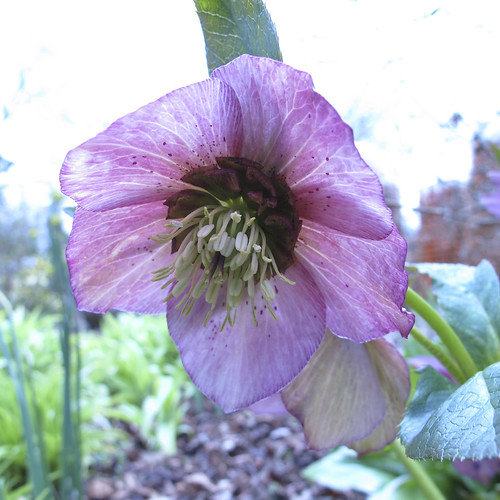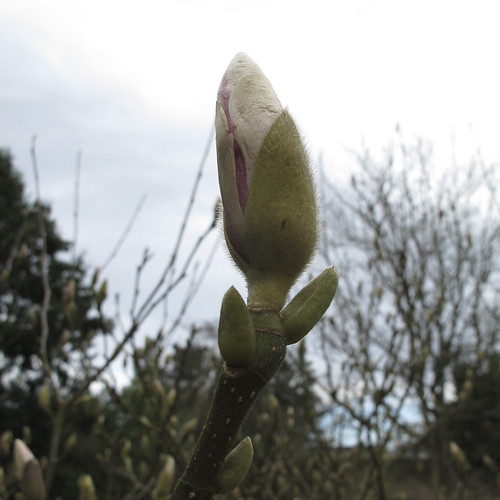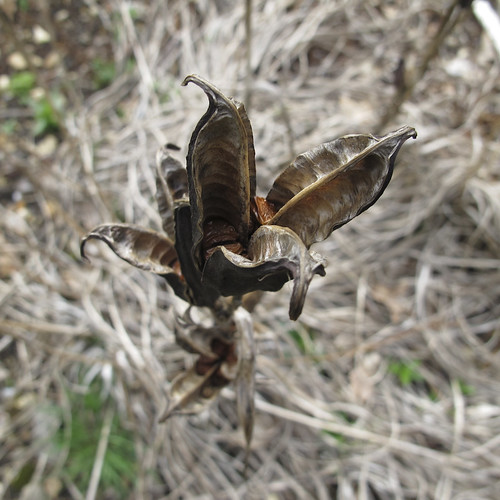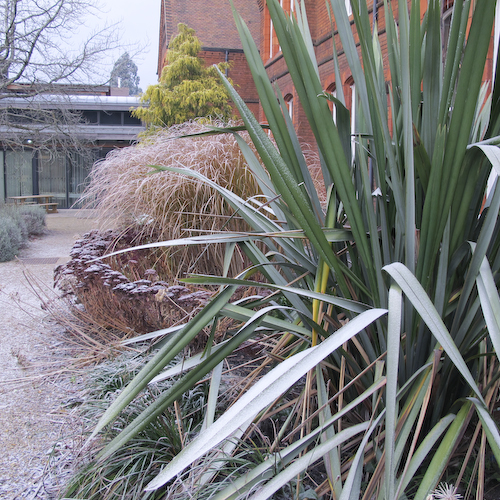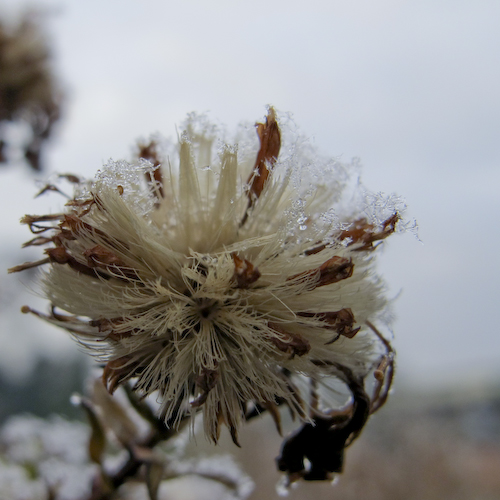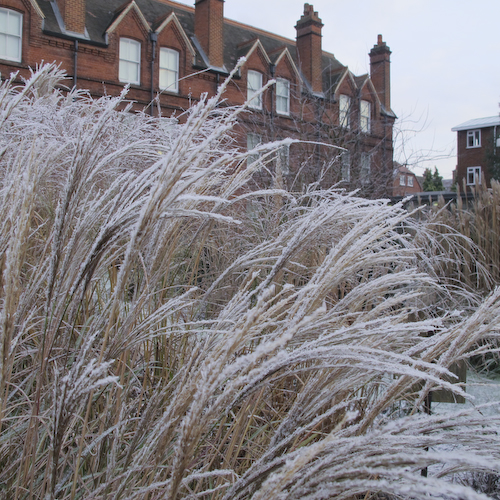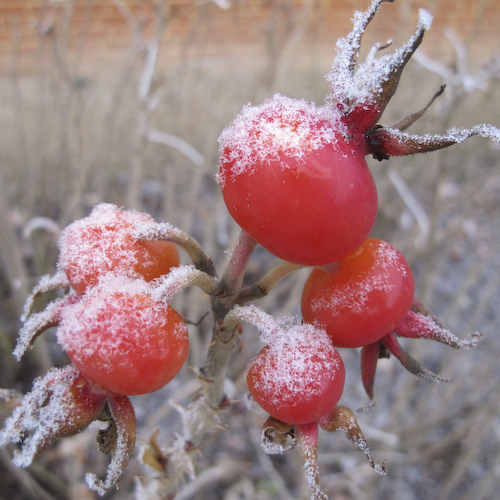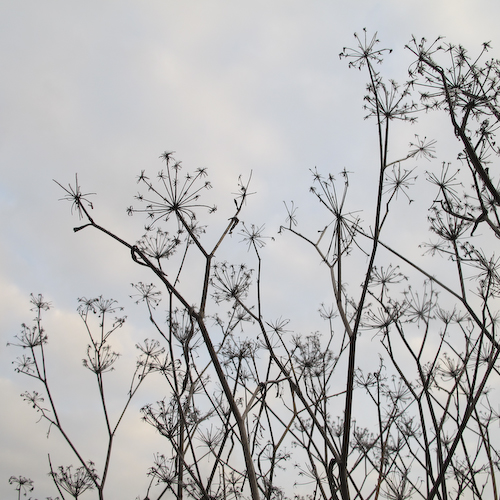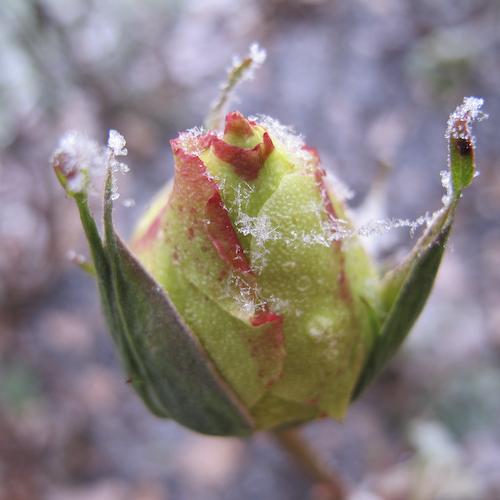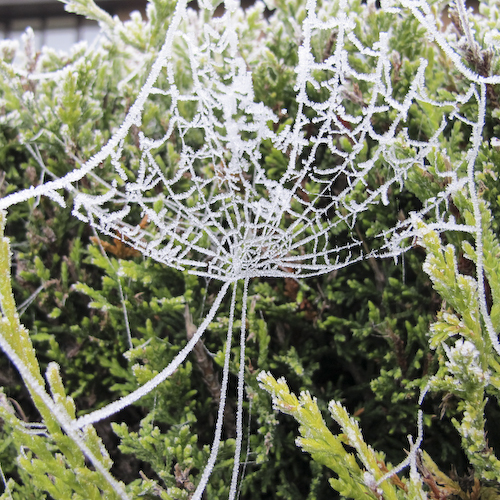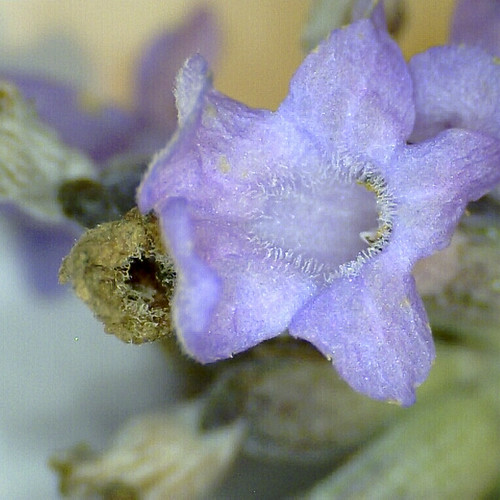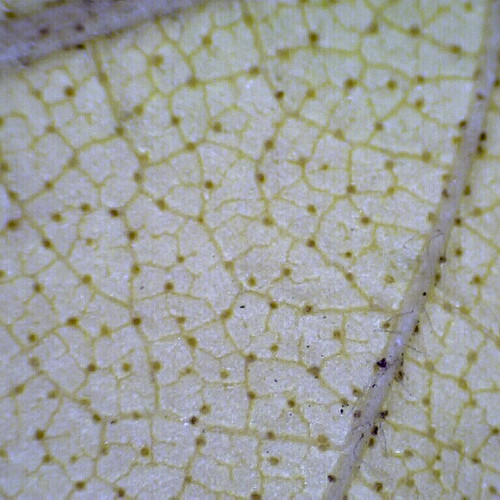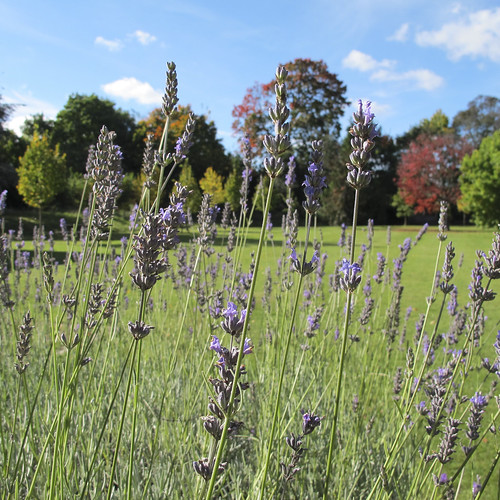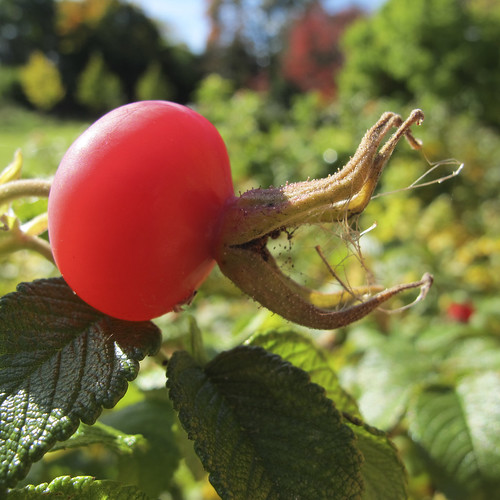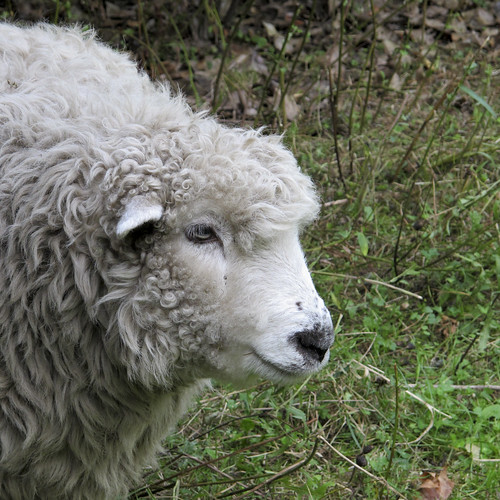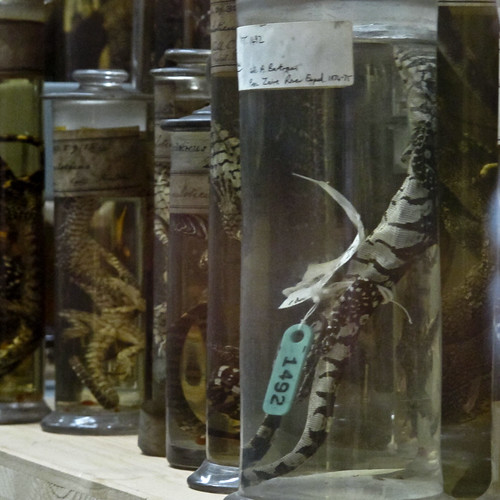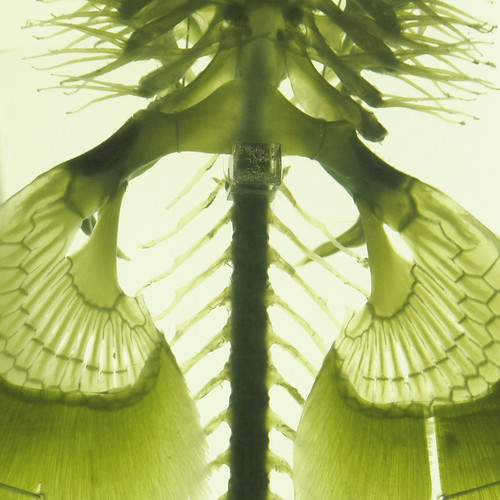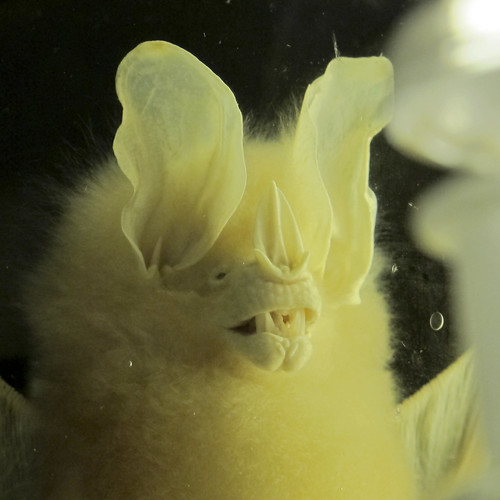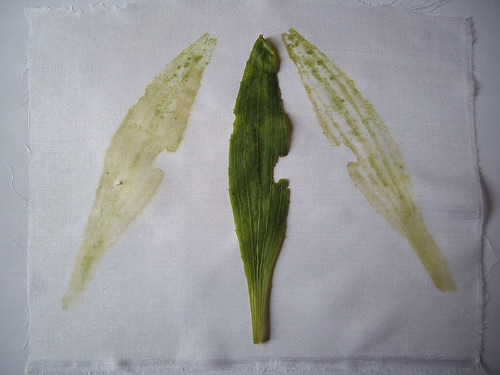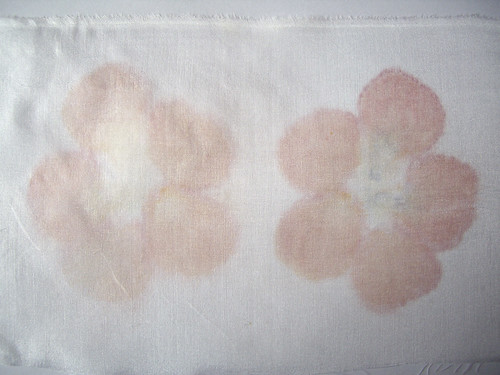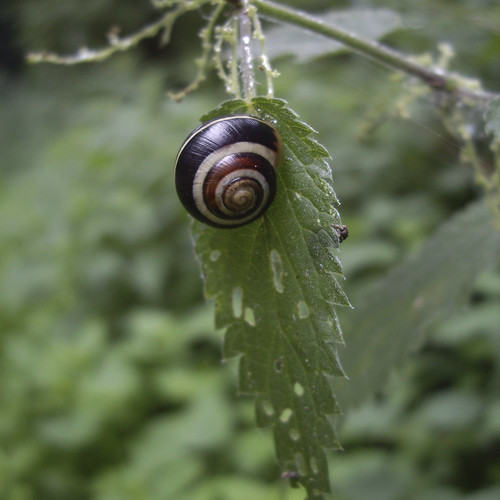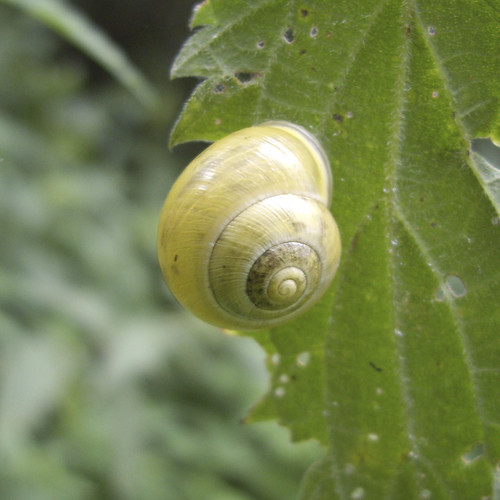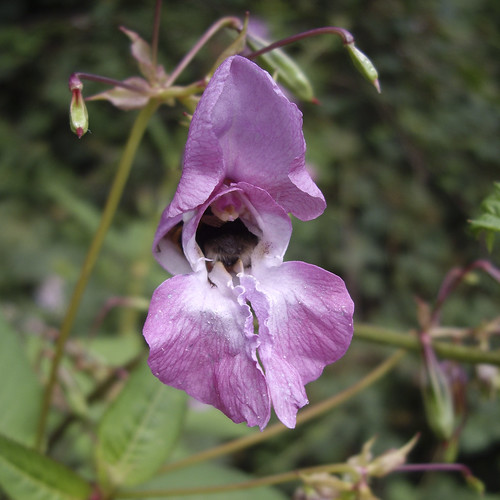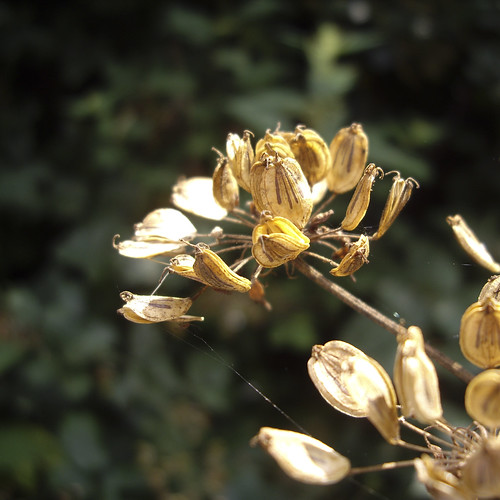Today started as a tired, sore, germy day (again!), which could easily have lapsed into watching rubbish on tv and malingering on the sofa. So I decided to take the camera for a very short walk, so I would have at least got out of the house and done something.
As you can see, I’m still really struggling to get the dratted machine to focus where I want it to. I love the picture above – two rosemary leaf beatles in the lavender in my front garden. But is is actually in focus? Anywhere? No, it is not. And this is the only picture I managed to get where the camera didn’t categorically insist on focussing on the background instead of the dratted thing right in front of the dratted lens. Read on, for more of the same.
This was supposed to be a lovely juxtaposition between the shiny arch of the padlock, and the rusted texture of the chain. What I wanted to focus on was the place where the three links overlap. Would the camera do that? No.
This one, on the other hand, came straight out of the camera first time! Lovely depth of field, focussed exactly where I wanted it. Brilliant! Would the camera do it again, so I could have a choice of shots? No.
Okay, this one I do like. I’m less bothered that the petal tip closest to the lens is out of focus, because that means you can see the texture on the inside of the petals. Who knew flowers were hairy? Now you do.
And this one – lovely. Straight out of the camera. Automatic macro mode. Focus on the water droplets. Exactly what I wanted. The camera almost had me lulled into a false sense of security…
…until it needed more than twenty shots before it would focus on this leaf, and not on the dratted trees in the background. (I may have resorted to pointing at the leaf, and hissing through clenched teeth “IT’S RIGHT THERE, YOU STUPID CAMERA”.)
And then it was fine again. Aren’t the colours in this lichen amazing?
Dear Camera, No.
Really, what were you thinking? You do seem to have tried to focus on the raindrops on this blade of grass, but sadly you have failed. Even at 2736 pixels across, I can’t work out where the point of focus is in this photo.
Thankfully this one, being almost entirely flat, was no trouble at all. Phew.
I suppose, in the great scheme of things, if all I want these photos for is to print them out at 10cm square and stick them into a scrapbook, it really doesn’t matter whether or not they’re great works of art in their own right. They’re just a means of capturing a little bit of something that I can use for inspiration later on. But in that case, why on earth did I bother to trade in two SLRs (one film, one digital) for a not-very-compact camera with a lot of manual functions, if none of them will actually do what I want? I’m beginning to wonder whether I might have been better off buying a small, cheap, very compact little camera – or maybe one of the new ones that can wirelessly synch straight to Flickr and Facebook.
As it turned out, the best part of my little walk today was something that I could never have captured on camera, and I’m very glad I didn’t try. The lake was so quiet that when I walked down onto one of the fishing bays, a Great Crested Grebe turned out to be about a foot away from me, the closest I’ve ever seen one! And as it quickly swam away, its path was crossed by the turquoise flash of a kingfisher flying right in front of it. Perfect.


